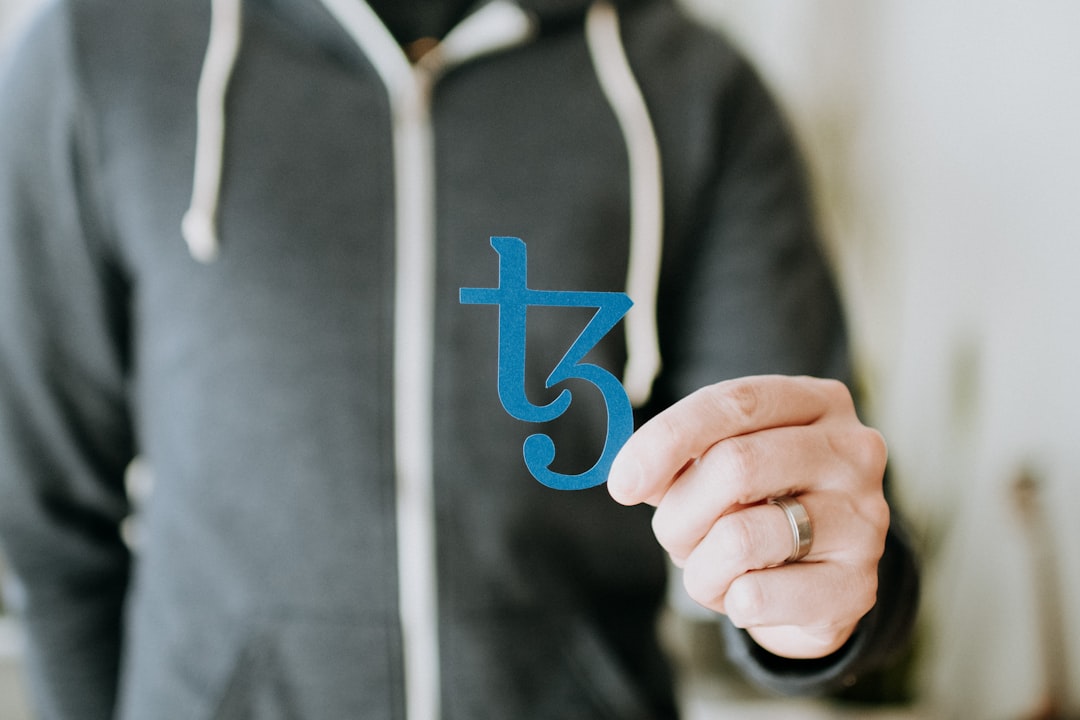
Creating a successful blockchain application begins with a solid foundation, and that starts with transforming your innovative idea into a tangible reality. In this blockchain prototype guide, you’ll embark on a journey from concept to a working prototype, ensuring you follow the essential blockchain startup steps along the way. By leveraging the right platform, such as Ethereum or Solana, you can streamline your decentralized app development process effectively. This crypto MVP guide will walk you through crucial phases—defining your use case, selecting a suitable platform, and developing a prototype. Get ready to navigate your blockchain roadmap and turn your vision into a functional blockchain app that can meet user needs and capture market interest.
Step 1: Define Your Blockchain Use Case
When embarking on your journey to transform your blockchain idea from concept to prototype, the first and most crucial step is to define your blockchain use case. This foundational phase sets the direction for your entire project and ensures that you are tackling a viable problem that the technology can effectively solve.
To start, identify the specific problem or inefficiency you aim to address with blockchain technology. Ask yourself questions such as: What processes can blockchain streamline? How can it improve transparency, security, or efficiency? This clarity will guide your vision and align your goals with the capabilities of decentralized applications.
Next, consider the target audience for your blockchain solution. Who will benefit from this application? By understanding the needs of your users, you can tailor your features and functionality to serve them effectively. This may involve conducting surveys or interviews with potential users to gain insights into their challenges and expectations using blockchain.
Once you have a clear problem statement and target audience, it’s time to explore the potential benefits of implementing a blockchain solution. What unique advantages does blockchain offer for your specific use case? Be prepared to highlight aspects like immutability, decentralization, and enhanced security to articulate why blockchain is the ideal solution for the problem at hand.
Finally, prioritize your use cases and focus on creating a minimal viable product (MVP). An MVP allows you to test your idea with minimal resources and gather feedback quickly before investing heavily in development. This agile approach is central to effective blockchain startup steps, as it enables you to pivot or refine your concept based on real user feedback.
By thoroughly defining your blockchain use case, you pave the way for a targeted, effective, and user-centered idea to blockchain app journey that increases your chances of building a successful decentralized solution.

Step 2: Select a Platform (Ethereum, Solana, etc.)
Choosing the right blockchain platform is crucial for successfully transforming your idea into a functional prototype. Each platform comes with its unique features, benefits, and use cases. Therefore, evaluating your project needs will guide you to make an informed decision. Here’s what to consider:
Key Factors to Consider
| Factor | Description |
|---|---|
| Scalability | Consider how the platform handles increasing loads. Projects like Ethereum may face congestion, while Solana touts high-speed transaction capabilities. |
| Development Tools | Look for robust development environments and documentation. Platforms like Ethereum offer extensive libraries (e.g., Web3.js) that simplify decentralized app development. |
| Cost of Transactions | Analyze fees associated with each transaction. Ethereum’s gas fees, for example, can vary, influencing your budget significantly. |
| Community and Support | A strong developer community can help your project succeed. Platforms such as Ethereum and Binance Smart Chain have large support circles due to their popularity. |
| Compatibility with Smart Contracts and dApps | Ensure the platform supports your intended functionalities. Ethereum is renowned for its smart contract capabilities, essential for many dApp projects. |
Popular Blockchain Platforms
- Ethereum
- The leading choice for decentralized app development, Ethereum is known for its extensive ecosystem that supports various applications. With a mature community and resources, it’s an excellent option for creating complex smart contracts.
- Solana
- Known for its rapid transaction speeds and lower fees, Solana has gained traction for gaming and high-frequency applications. If you aim for scalability and efficiency, it’s worth considering.
- Binance Smart Chain (BSC)
- Offering a lesser-known alternative, Binance Smart Chain enables developers to create smart contracts and dApps in an ecosystem integrated with the Binance Exchange. It provides a balance between speed and cost, making it popular among startups.
- Hyperledger Fabric
- If you seek to implement a permissioned platform, Hyperledger Fabric is excellent for enterprises. It supports private transactions and offers a modular architecture conducive to large-scale applications.
- Cardano
- Cardano emphasizes security and sustainability. Its layered architecture makes it unique, allowing developers to design more flexible applications without sacrificing scalability.
Final Thoughts
In your blockchain roadmap, selecting the right platform is foundational. Each option has specific strengths tailored to different needs, making it essential to align your project’s objectives with the platform’s attributes. As you move towards developing a crypto MVP, focusing on features offered by your chosen platform can enhance your prototype’s potential, setting you on the path to success in the blockchain ecosystem.
Step 3: Develop a Working Prototype
In the process of transforming your blockchain idea into reality, the development of a working prototype is a crucial step that validates your concept and provides a tangible representation of your vision. This phase enables you to test core functionalities, gather user feedback, and refine your approach before full-scale development begins. Here’s a detailed guide on how to effectively develop your blockchain prototype.
First, you need to decide on the blockchain startup steps. Begin by outlining the primary features your prototype must include. These should align with your previously defined use case and address user needs. Prioritization is key; focus on delivering the Minimum Viable Product (MVP) that solves the core problem effectively. This is essential for your crypto MVP guide, which helps you create the simplest version of your idea that still generates value.
Once your features are defined, choose the appropriate technology stack. Depending on the blockchain platform selected in the previous step, frameworks such as Truffle for Ethereum, or Anchor for Solana, can fast-track your development. Ensure your team is proficient in the respective programming languages (like Solidity for Ethereum) to streamline the process.
Next, create a blockchain roadmap to map out timelines and development milestones. Break down the development process into smaller, achievable tasks and allocate responsibilities among team members. This structured approach enhances accountability and ensures everyone is aligned on objectives.
As you prototype, it’s critical to develop smart contracts that automate key functions of your application. This step requires rigorous testing to detect and rectify any vulnerabilities or bugs. Employ tools such as MythX for security analysis to ensure your smart contracts are robust before moving into the deployment phase.
Additionally, utilize feedback loops. Share your prototype with early testers and gather insights on usability and functionality. This real-world feedback is invaluable for making adjustments and enhancements, ensuring your idea evolves in tune with user expectations.
Finally, document your development journey. This documentation will be vital for potential investors or partners who may wish to understand your process when you transition from prototype to a full-fledged product.
By following these steps to develop a working prototype, you not only validate your idea but also lay a strong foundation for your future blockchain application. Remember, the goal is to transition seamlessly from idea to blockchain app, so keep iterating based on feedback and strive for continuous improvement.
Frequently Asked Questions
What are the initial steps required to go from concept to prototype in blockchain development?
To begin transforming your concept into a prototype in blockchain development, you should start by clearly defining the problem your project aims to address. Conduct thorough market research to understand existing solutions and user needs. Next, develop a detailed project requirement document outlining desired features, functionalities, and user experience. This vital groundwork will pave the way for creating an effective and relevant prototype.
How important is it to choose the right blockchain platform during the prototyping phase?
Choosing the right blockchain platform is crucial during the prototyping phase as it significantly influences the scalability, performance, and overall user experience of your project. Each platform has unique features and capabilities; for instance, Ethereum offers extensive support for smart contracts while others like Hyperledger focus on private and consortium networks. Selecting a platform that aligns with your project’s technical requirements and future goals will enhance the viability and effectiveness of your prototype.
What techniques can be used to ensure my blockchain prototype is secure?
Ensuring the security of your blockchain prototype involves implementing several key techniques. Start with rigorous testing of your smart contracts, as bugs and vulnerabilities in the code can lead to significant security issues. Code audits by experienced developers are essential for identifying weaknesses. Additionally, employing robust cryptographic measures and conducting regular penetration testing can help safeguard against potential attacks. By addressing security from the beginning, you can build a more trustworthy and resilient blockchain application.






